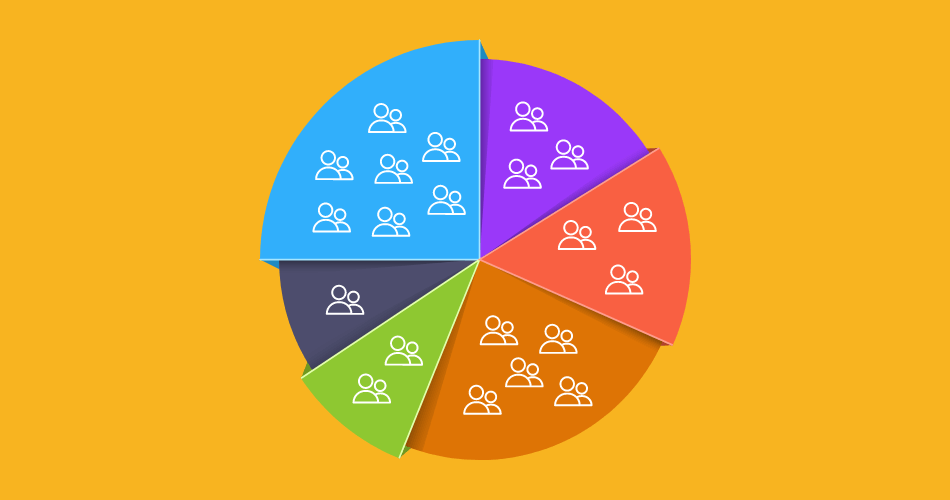The different types of customer segmentation

RFM, relational, behavioral, there are many types of segmentation, many complementary methods at the service of marketing performance.
Types of segmentation for differentiated marketing
When you want to implement differentiated marketing, the first question is how to determine which customer groups you will be able to animate, as there are many types of segmentation. For this purpose, the basic concept of “market segments” will be used. This concept is used in market research, but also in relationship marketing in order to structure your actions and communication. In the context of differentiated marketing, market segments are groups of customers that are homogeneously characterized by a combination of factors, such as their needs, preferences, actions or size. They can be identified by a multitude of different criteria. It is these criteria that are used to identify the type of segmentation used.
Transactional segmentation: the RFM method
The first type of segmentation that comes to mind is transactional segmentation. Indeed, this type of segmentation, which is based on the purchases made by customers, is often the basis for any differentiated business strategy. Based on customer value, RFM segmentation is the most common method of customer segmentation. It takes into account the Recency (date of last purchase), the Frequency of purchases over a given period and the Amount (the turnover over the period studied) to establish homogeneous customer segments. The purpose of this segmentation is to help you approach the 20/80 law to identify the customers who contribute most to your company’s results.
When you have a more limited transaction history or when the frequency of purchases is very low, you can also use the PMG segmentation. This is essentially based on the notion of the cumulative amount of purchases over a given period of time to constitute the groups of customers.
Relationship segmentation: measuring the level of commitment.
When you animate a population of customers, it is often interesting, in parallel with identifying the transactional value of individuals, to measure their level of commitment.
Indeed, we often ask ourselves the question of the commercial pressure we apply to our customers. Are we asking too much of them? Or not enough? Do some customers systematically open our communications? Do some of them show a significant lack of interest in my messages despite the solicitations we send them?
While there are different methods for calculating relational segmentation based on available data, the purpose is always the same: to better understand customer engagement with the brand. The results will show how many customers are most loyal, most supportive, most critical or most disengaged. By organizing customers into these groups of segments, marketers can more easily target their actions.
Product segmentation: how your customers consume
Another interesting area of analysis is the products consumed. A product segmentation will thus make it possible to identify how customers consume your different products, which ones are the most loyal or which ones should be highlighted in communications. This type of segmentation will also allow you to better understand product mixes.
Behavioral segmentation: reconciling data typologies
The last example of segmentation is behavioral segmentation. This will make it possible to reconcile different types of data (sociodemographic, transactional, relational, etc.) in order to create groups of customers with homogeneous behavior.
Combining the different types of segmentation
There are a multitude of segmentation techniques. By combining these different areas of analysis, you can determine, for example, which customers are the most profitable, which are the most loyal, or which customers should receive more attention in communications.
How does datacadabra deal with this subject?
datacadabra offers a large number of segmentation methods natively within the Segment module.
Want to know more? Do not hesitate to contact us or to ask for a datacadabra demo.